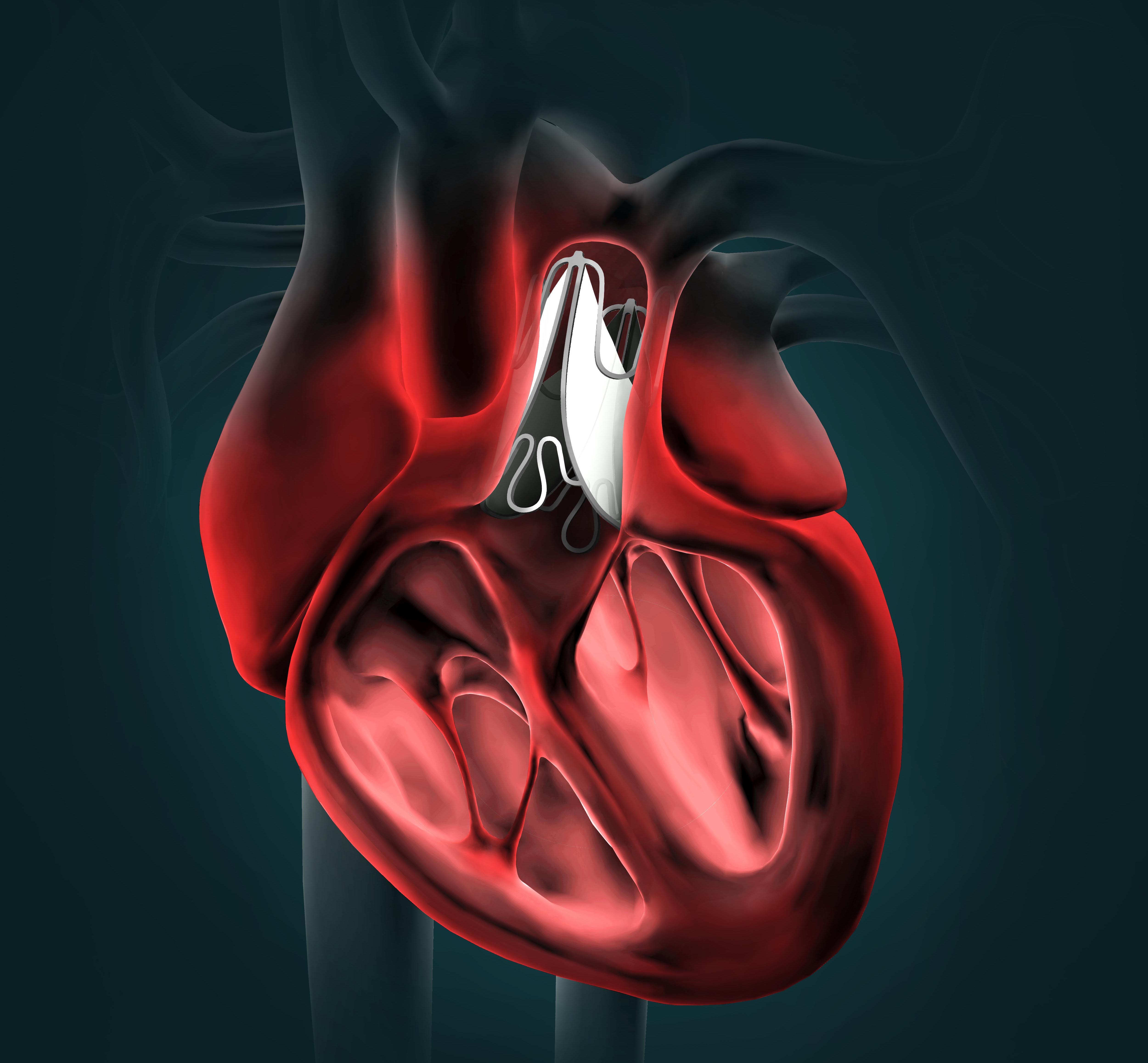
Team: Sophie Hofferberth, Mossab Saeed, Lara Tomholt, Matheus Fernandes, Christopher Payne, Karl Price, Gerald Marx, Jesse Esch, David Brown, Jonathan Brown, Peter Hammer, Richard Bianco, James Weaver, Elazer Edelman, Pedro del Nido.
Boston Children's Hospital
Harvard Graduate School of Design
Harvard John A. Paulson School of Engineering and Applied Sciences
Wyss Institute for Biologically Inspired Engineering at Harvard University
Institute for Medical Engineering and Science, Massachusetts Institute of Technology
University of Minnesota
Publication
S.C. Hofferberth, M.Y. Saeed, L. Tomholt, M.C. Fernandes, C.J. Payne, K. Price, G.R. Marx, J.J. Esch, D.W. Brown, J. Brown, P.E. Hammer, R.W. Bianco, J.C. Weaver, E.R. Edelman, P.J. del Nido. (2020) A geometrically adaptable heart valve replacement. Science Translational Medicine, 12, eaay4006. https://doi.org/10.1126/scitranslmed.aay4006
⭑Cover article
Media coverage
Press release by Boston Children's Hospital
"A heart valve that grows along with a child could reduce invasive surgeries" by Boston Children's Hospital